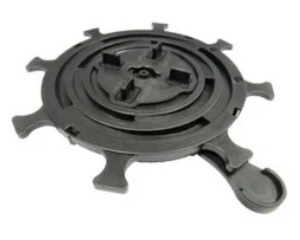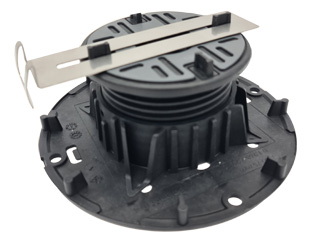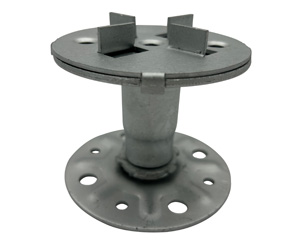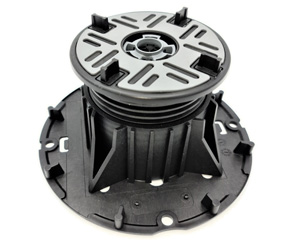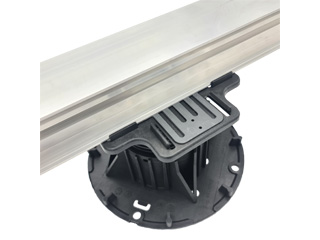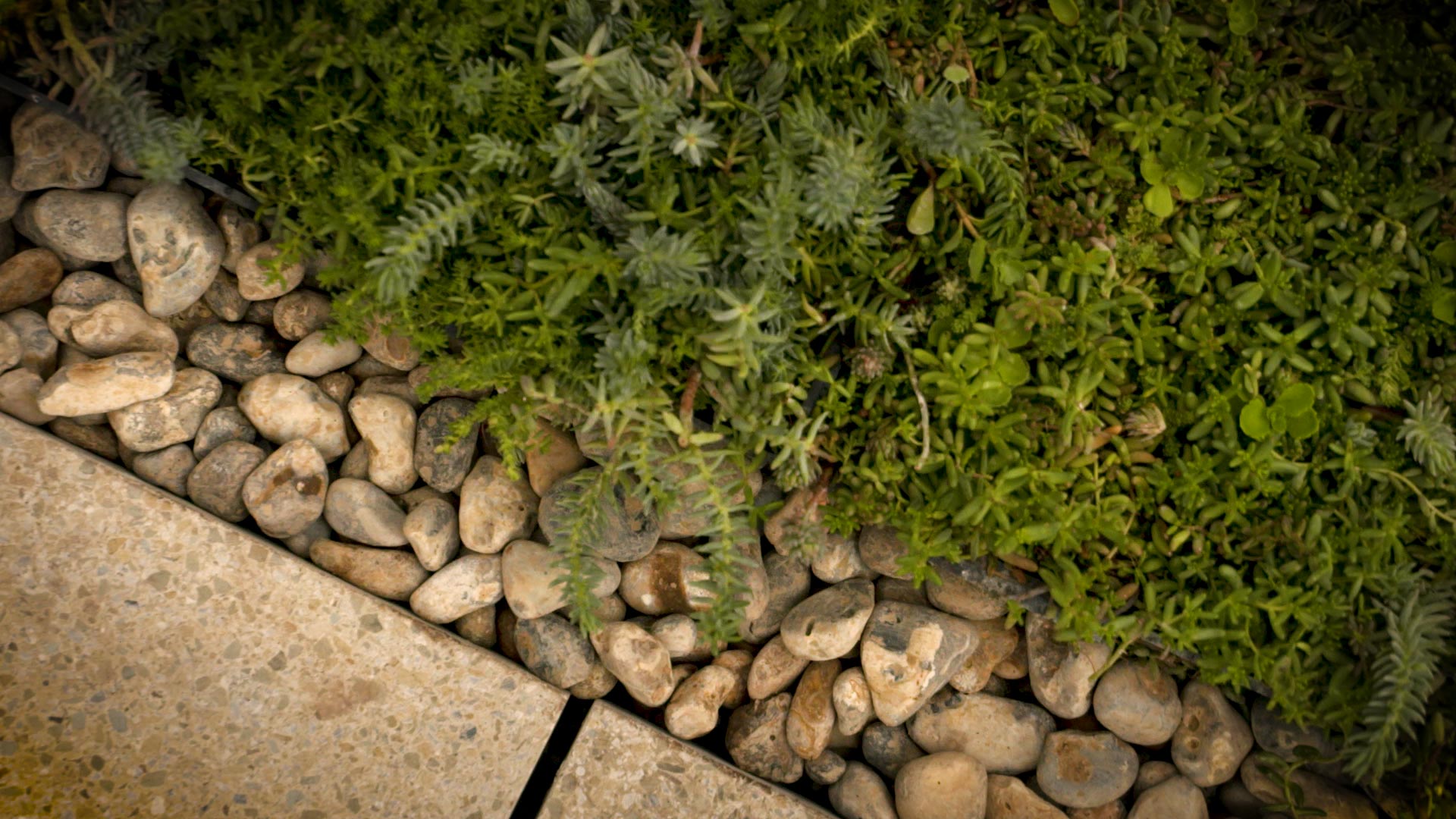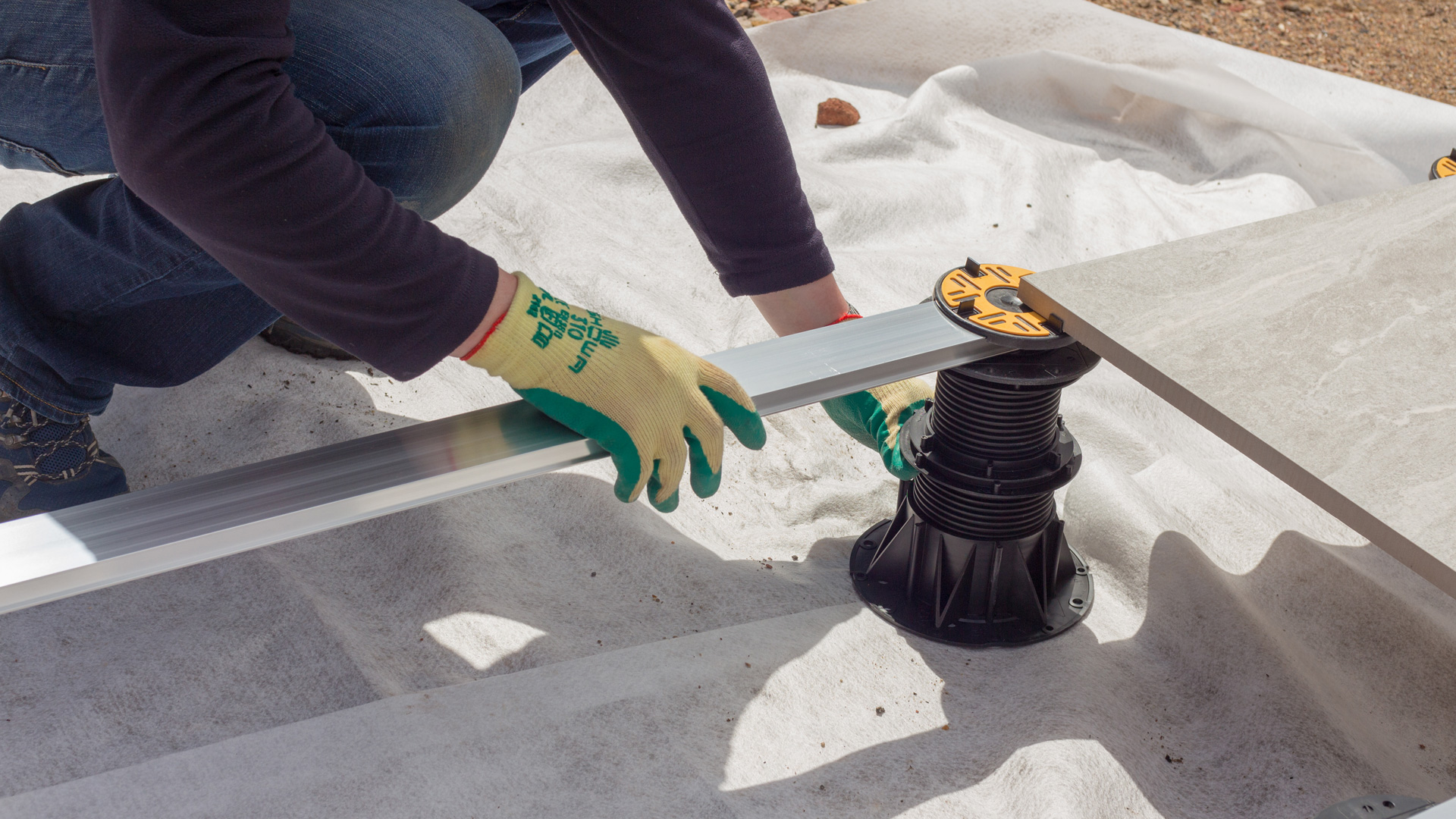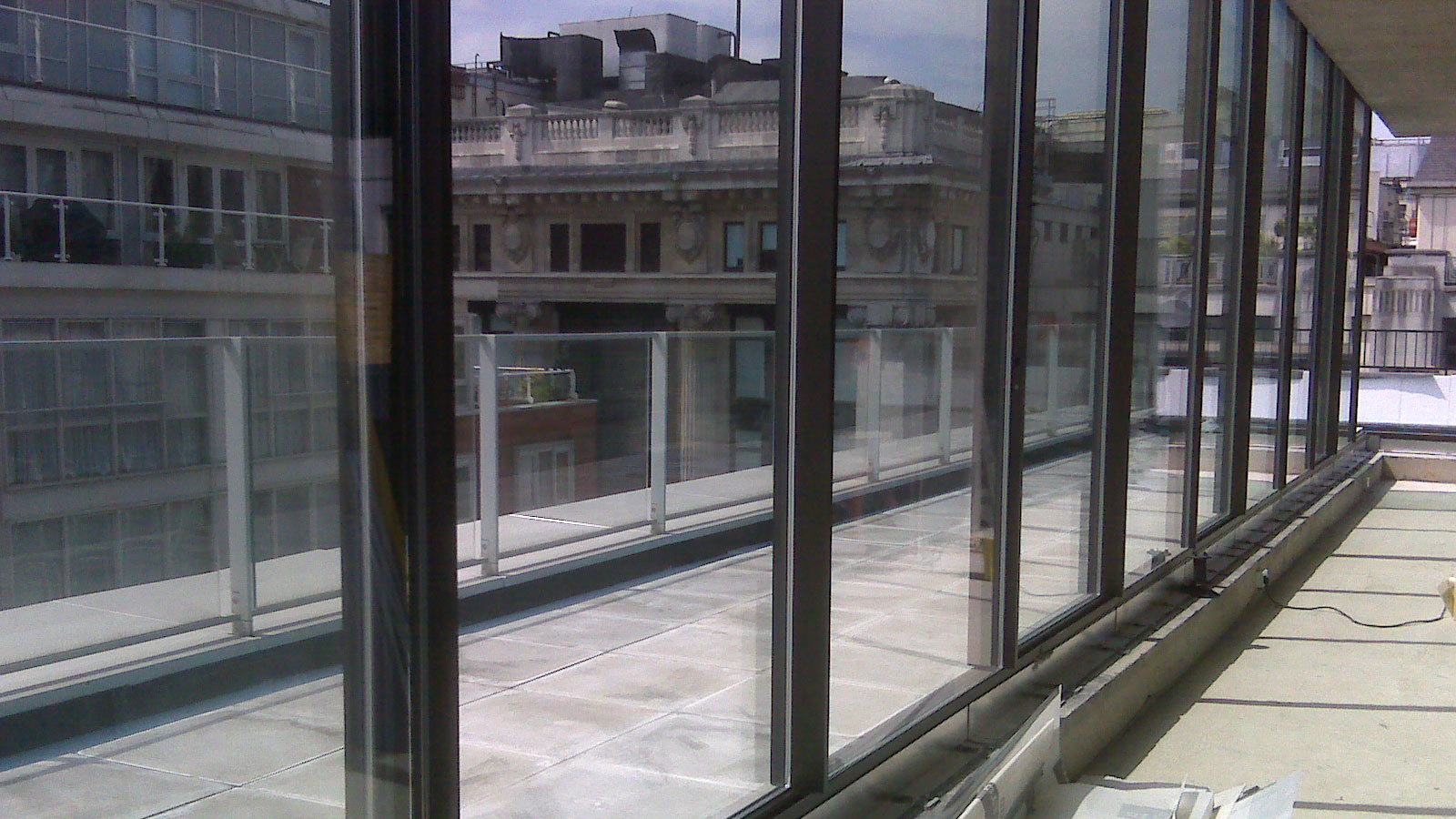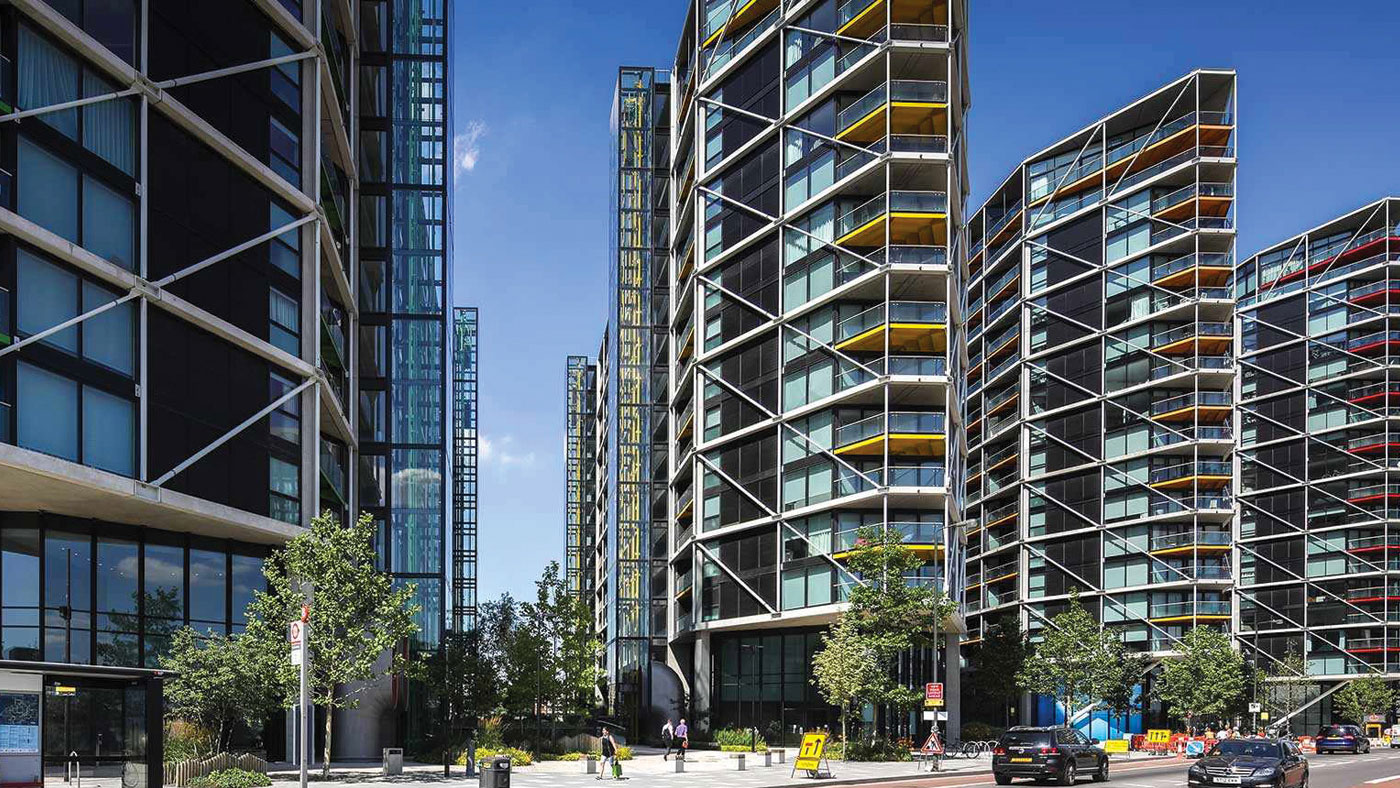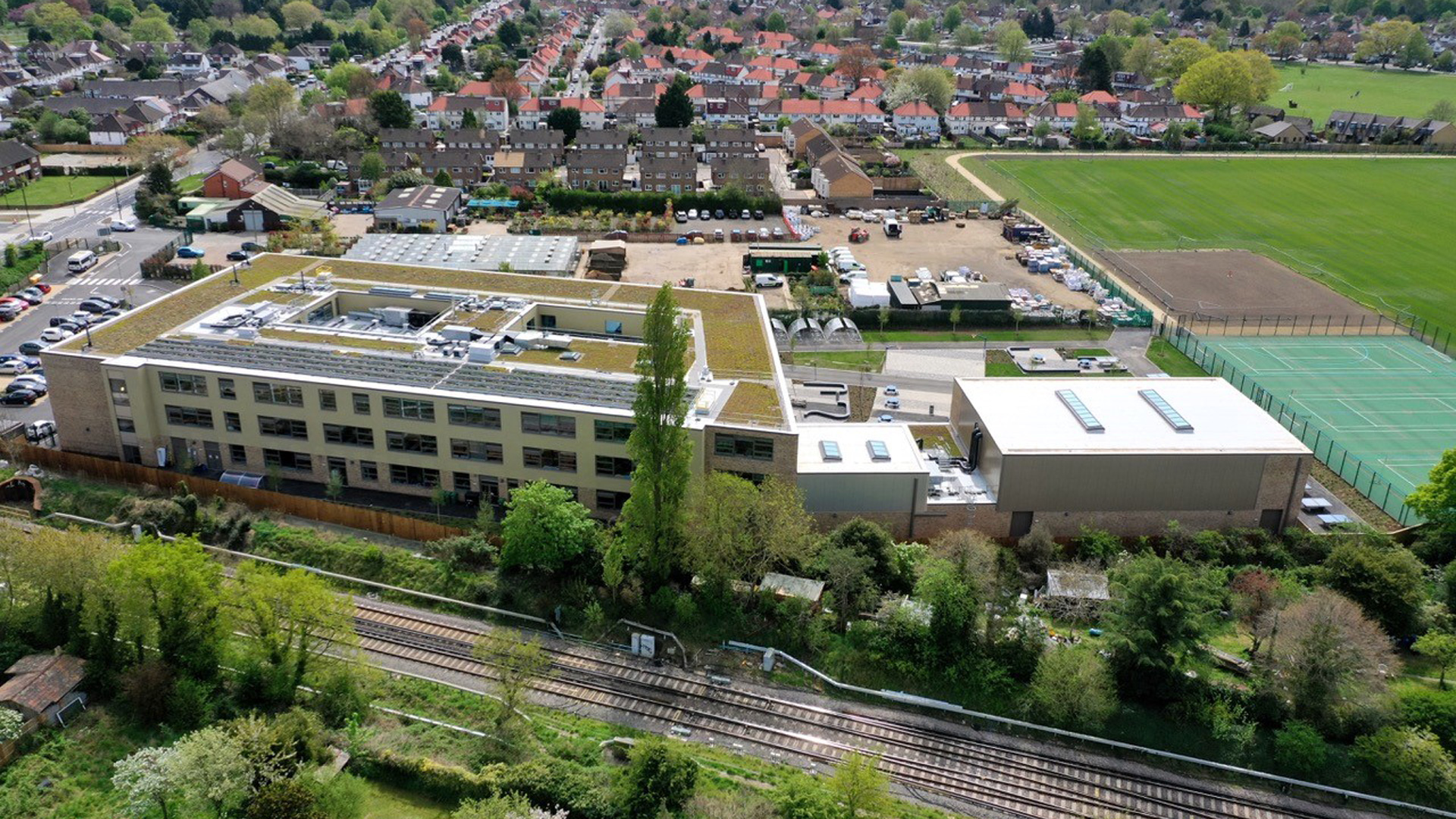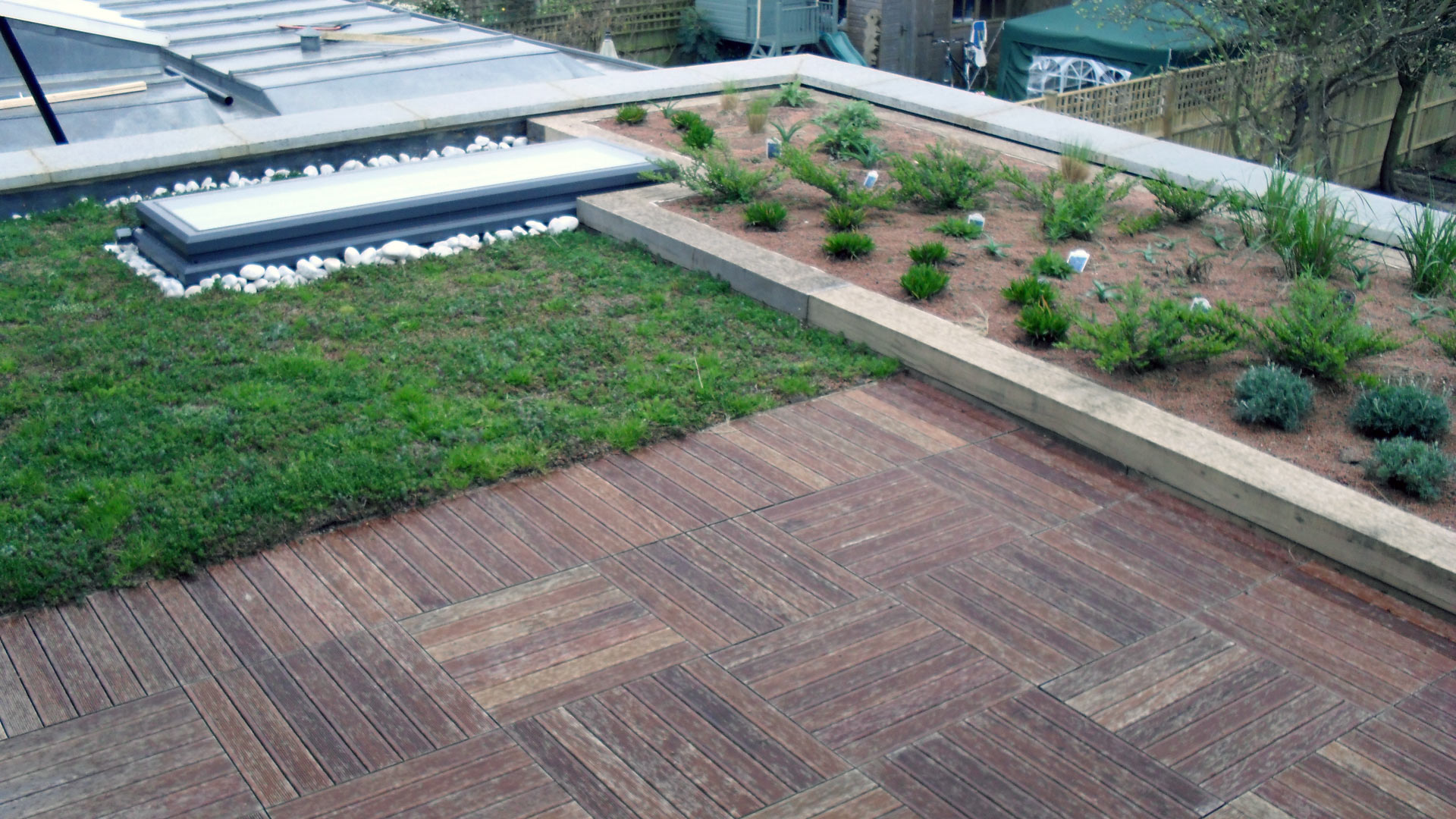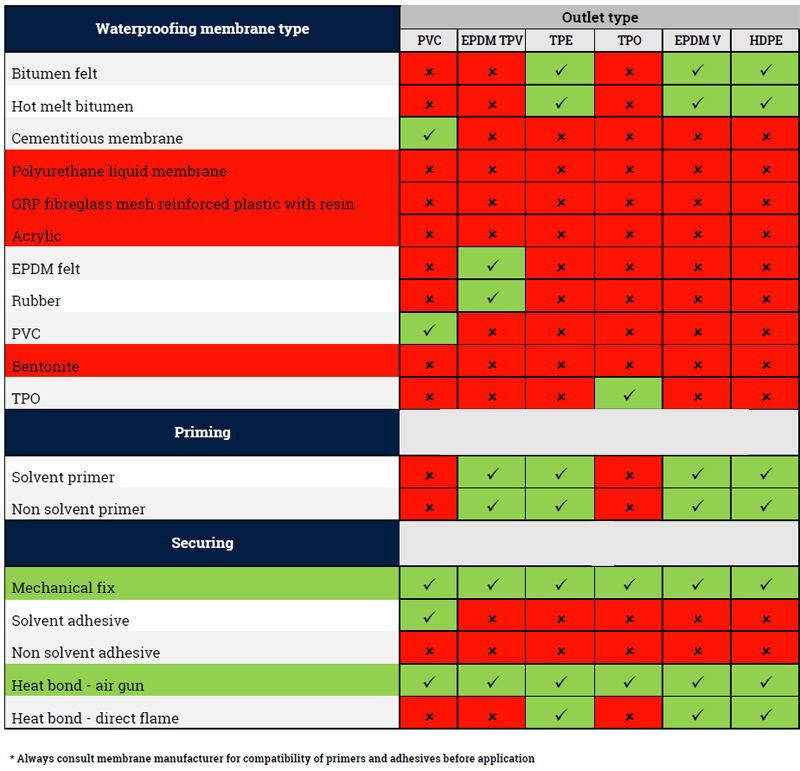There are millions of square meters of wasted walls and roofs that can be transformed in order to improve the performance of buildings and even help to produce food. The environment thanks you.
The idea of using creepers to cover walls is not new, but in recent decades, the tendency to use building surfaces to place plants has been developing all over the world and shows that there are many ways to make cities greener. There are vertical gardens that give life to walls, roofs, and other coverings (like underground garages on which vegetation is placed) where green carpets are appearing.
This is a turning point, as currently “public policies as well as the private economy in the real estate sector are pulling green.” In European policies and the government program in Portugal, solutions based on nature, namely green roofs and vertical gardens, appear as part of the decarbonization strategy. And the intentions are translated into concrete measures. Through the Environmental Fund launched last year, Paulo Palha, president of the National Association Green Roofs (ANCV) and vice-president of the European Federation of Green Roofs (EFB) explains, these solutions may have “a co-participation rate of 70%, up to the limit of 3,000 euros.”
Some large cities have taken concrete steps for decades, with obligations in terms of construction and tax benefits. But soon “all cities in Europe will have to define their climate action plans,” integrating these opportunities, he says.
It is also with this concern that a year ago the ANCV launched a technical guide of good practices adapted to the current situation in Portugal, where principles are defined in terms of design, construction, and maintenance of green roofs. Paulo Palha hopes that the guide “will be placed in municipal and other regulations, so that there will be a document that guarantees good practices” and that the allocation of funds requires “some level of performance with green roofs” to make the most of the benefits.
And these are many, from the thermal and acoustic improvement of the building, with the consequent cost reduction, to the promotion of biodiversity and quality of the environment. But not only these. These coverings also help in retaining rainwater, alleviating problems of flooding and peaks of precipitation. They also improve the microclimate and reduce the heat island effect in cities. One vegetated surface alone has limited benefits, but if you increase the scale, with “a neighborhood or a city, we are already beginning to have results,” underlines Paulo Palha.
For the full article, please click here.
